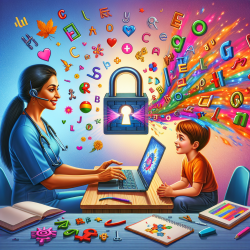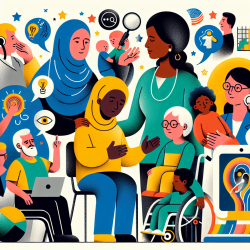As practitioners in the field of speech-language pathology, the continuous quest for effective and accessible assessment methods is paramount. A recent study titled Taking Language Samples Home: Feasibility, Reliability, and Validity of Child Language Samples Conducted Remotely With Video Chat Versus In-Person provides critical insights into the feasibility, reliability, and validity of conducting language samples remotely. This blog will delve into the key findings of this study and offer practical recommendations for implementing remote language sampling in your practice.
Study Overview
The study compared child language samples collected in-person with those collected via video chat. It aimed to determine whether remote methods could yield comparable data quality and reliability. The researchers examined key metrics such as mean length of utterance (MLU), number of different words (NDW), and transcription reliability.
Key Findings
- Feasibility: Of the 166 video chat samples collected, 98.8% had sufficient audio quality for transcription, demonstrating high feasibility for remote language sampling.
- Data Quality: Both in-person and video chat samples had above 98% of utterances with intelligible audio, indicating minimal data loss from remote methods.
- Validity: There were no significant differences in child speech and language metrics between in-person and video chat samples, suggesting that remote methods are valid for assessing child language.
- Reliability: Transcription reliability was high and comparable between in-person and video chat samples.
Best Practices for Remote Language Sampling
Implementing remote language sampling can be highly effective if certain best practices are followed:
- Planning for the Session: Communicate with parents in advance to set expectations and provide relevant information. Ensure the session takes place in a quiet, indoor setting without distractions.
- Addressing Parent Concerns: Reassure parents about screen time and encourage the use of mobile devices that can move with the child if needed.
- Technology: Use IRB and/or HIPAA-compliant video chat software. Encourage the use of ethernet or Wi-Fi for better connectivity and ensure devices are set up correctly for optimal audio and video quality.
Encouraging Further Research
While this study provides promising results, further research is needed to explore remote language sampling across different age groups and contexts. Practitioners are encouraged to contribute to this growing body of research to enhance the generalizability and applicability of these findings.
To read the original research paper, please follow this link: Taking Language Samples Home: Feasibility, Reliability, and Validity of Child Language Samples Conducted Remotely With Video Chat Versus In-Person.










